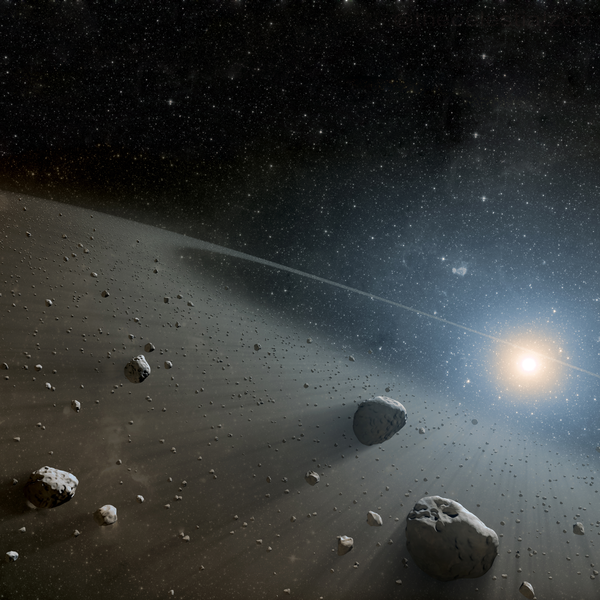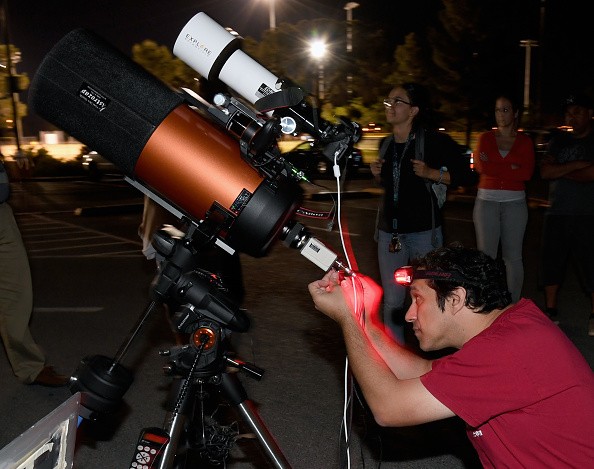On January 18, 2022, a huge stony asteroid will pass Earth safely. It's expected to be roughly 3,280 feet tall (about 1 km or.6 miles), or about 2 1/2 times the Empire State Building's height.
This asteroid has been known since 1994, as evidenced by its designation (7482) 1994 PC1. Due to its size and known near flybys of our planet, it is designated as a Potentially Hazardous Asteroid.
Every 600,000 years, an asteroid of this size collides with Earth. However, we have nothing to worry about 1994 PC1 approaching 2022.
And, as a bonus, amateur astronomers using backyard telescopes may be able to see it when it passes by.

Initial Discovery
On August 9, 1994, Robert McNaught found asteroid (7482) 1994 PC1 at the Siding Spring Observatory in Australia. Astronomers discovered the space rock on older photos from other sightings dating to September 1974, using its course as a guide. Its orbit has been well determined after 47 years of monitoring.
Read also: DART: NASA's Defense System Against Asteroids Uses Clever Algorithm to Predict Incoming Threat
Passing By

On January 18, 2022, at 4:51 p.m., the spacecraft will make its closest approach to Earth. EST (Eastern Standard Time) (21:51 UTC). According to scientists ' calculations, this will be the closest approach for this asteroid in at least the next 200 years.
The asteroid will pass Earth at a distance of 1.2 million miles (1.93 million kilometers), or roughly 5.15 times the distance between Earth and the Moon. That's a safe distance, yet it's close enough for a modest backyard telescope to see.
Compared to the Earth, the massive space rock is hurtling at 43,754 miles per hour (19.56 kilometers per second). Amateur astronomers will see the speedy asteroid due to its high speed. It will seem like a point of light for the evening, similar to a star, passing in front of background stars. The asteroid's brightness (7482) 1994 PC1 will be approximately magnitude 10. For viewers using a 6-inch or bigger home telescope from a dark sky spot, an object of 10th magnitude is a good target.
How to See

A tiny telescope oriented at the right time and position could see asteroid (7482) 1994 PC1 for sky enthusiasts. Observers with backyard telescopes in North America will have the best chance of seeing the massive asteroid hours after its close pass on January 18. (see charts below). Because of its size and closeness, you should notice the movement of the space rock. The asteroid's activity will be more evident as it passes close to fixed background stars.
Attaching a camera to the telescope and taking 30 to 45 seconds exposures is another effective way to see the asteroid. Using the camera and telescope, a reference star or object in the asteroid's path should be pointed at. Our graphs below will assist you in locating reference stars. Shorter exposures depict the asteroid as a point of light that appears in different photos, while longer exposures indicate the space rock's motion as a streak of light.
Although astronomers utilizing the Goldstone Radar in California would find asteroid (7482) 1994 PC1 to be an ideal target, the DSS-14 radar antenna will not monitor the space rock owing to repairs.
For more Space news, don't forget to follow Nature World News!
© 2026 NatureWorldNews.com All rights reserved. Do not reproduce without permission.





